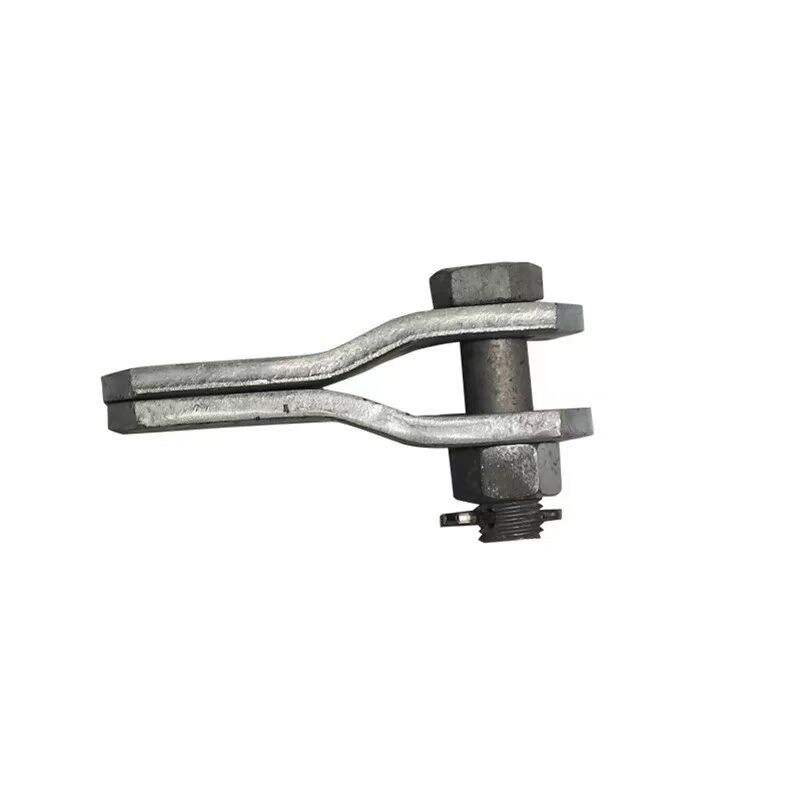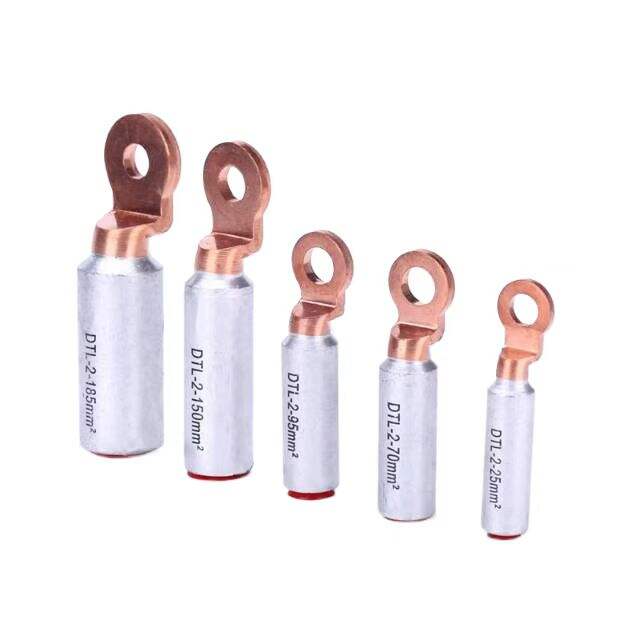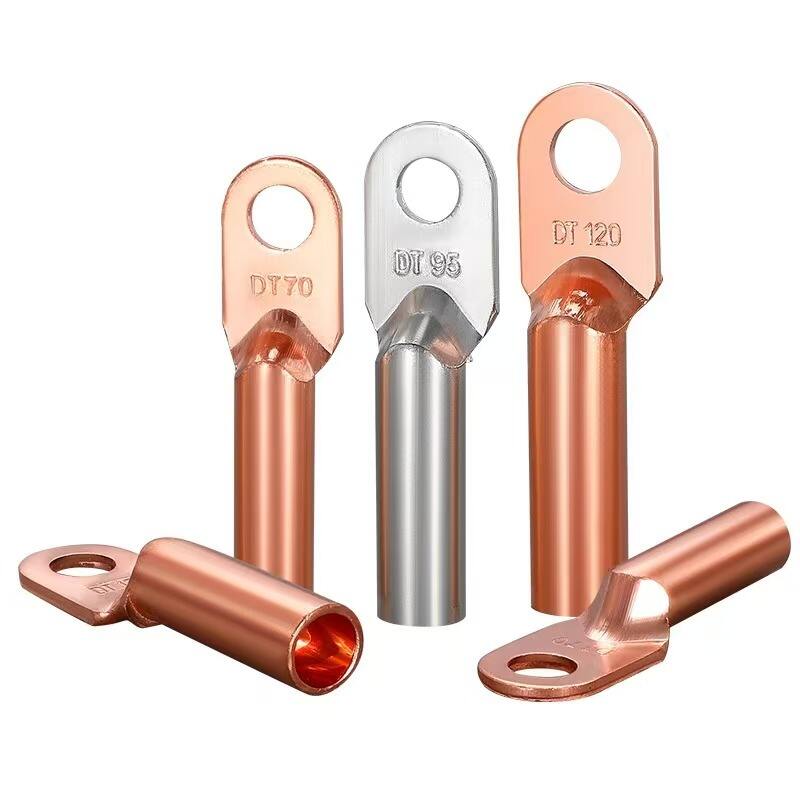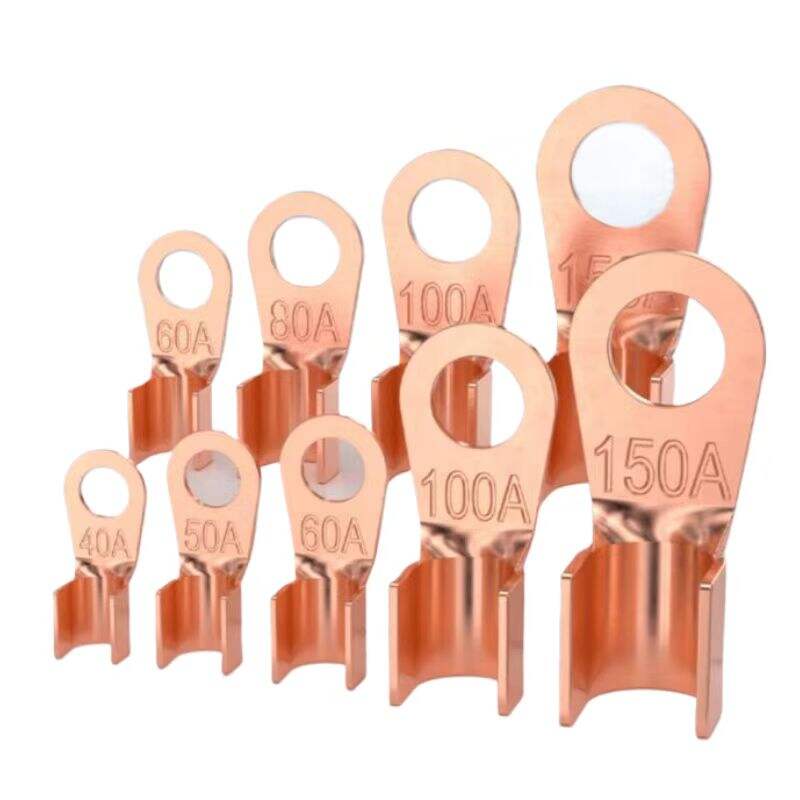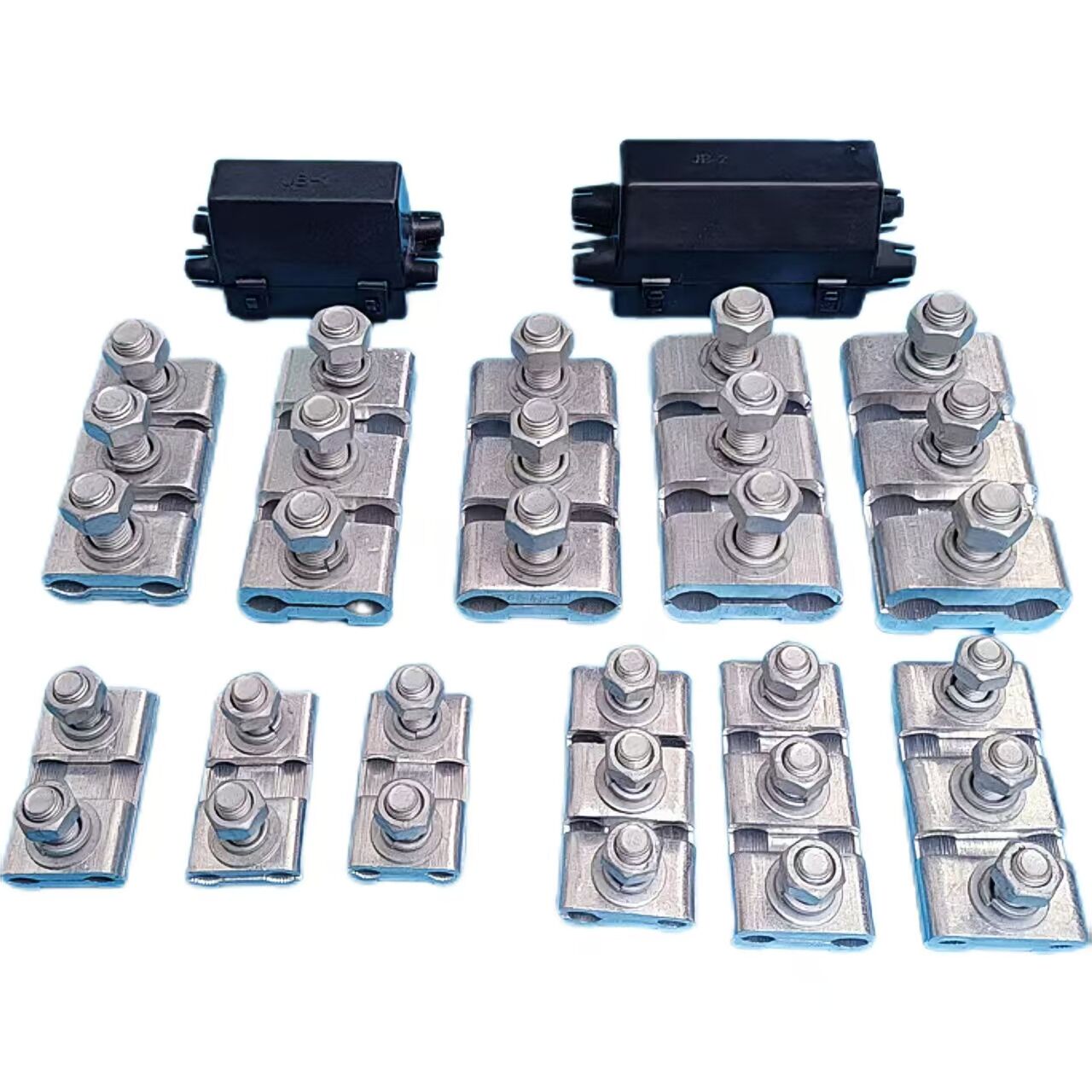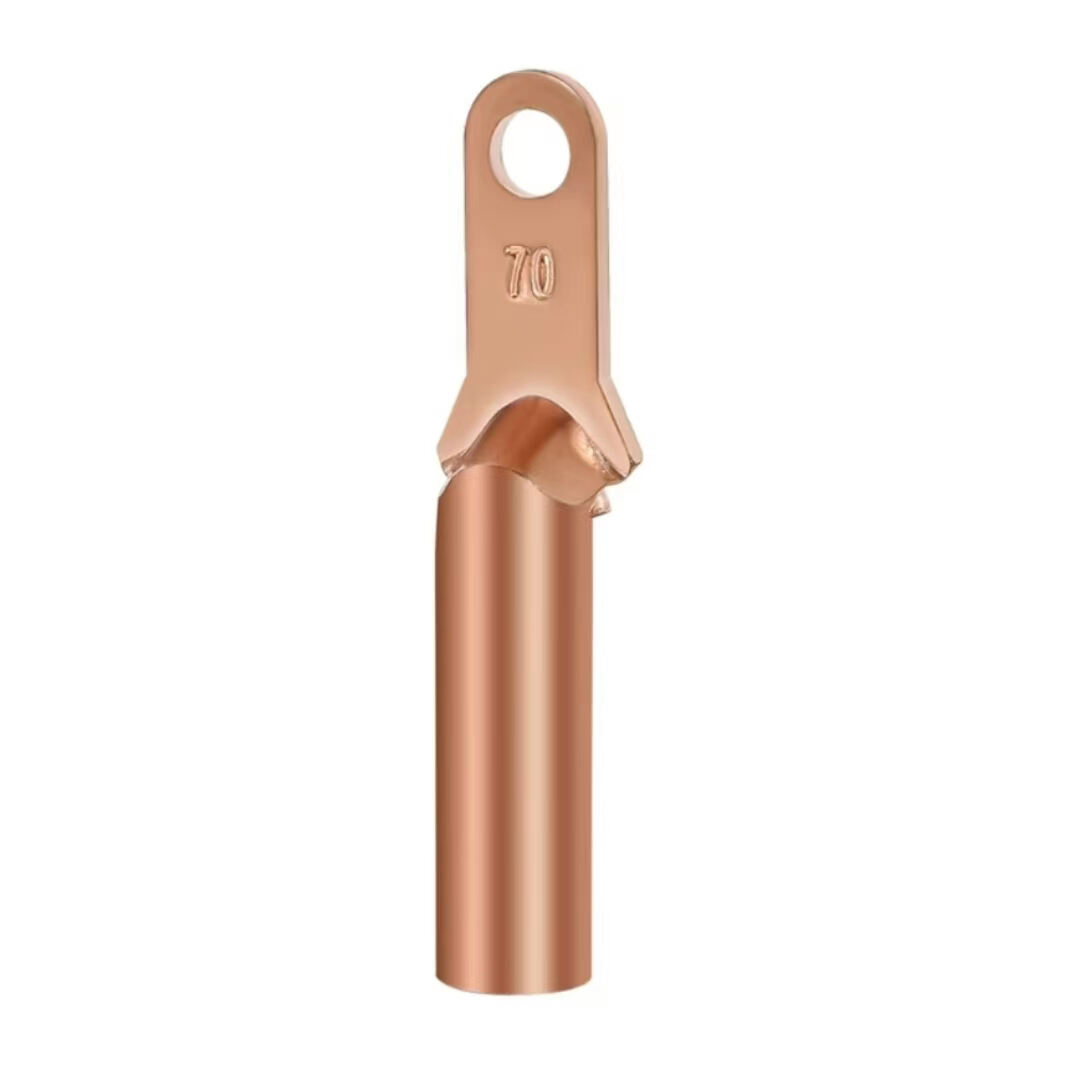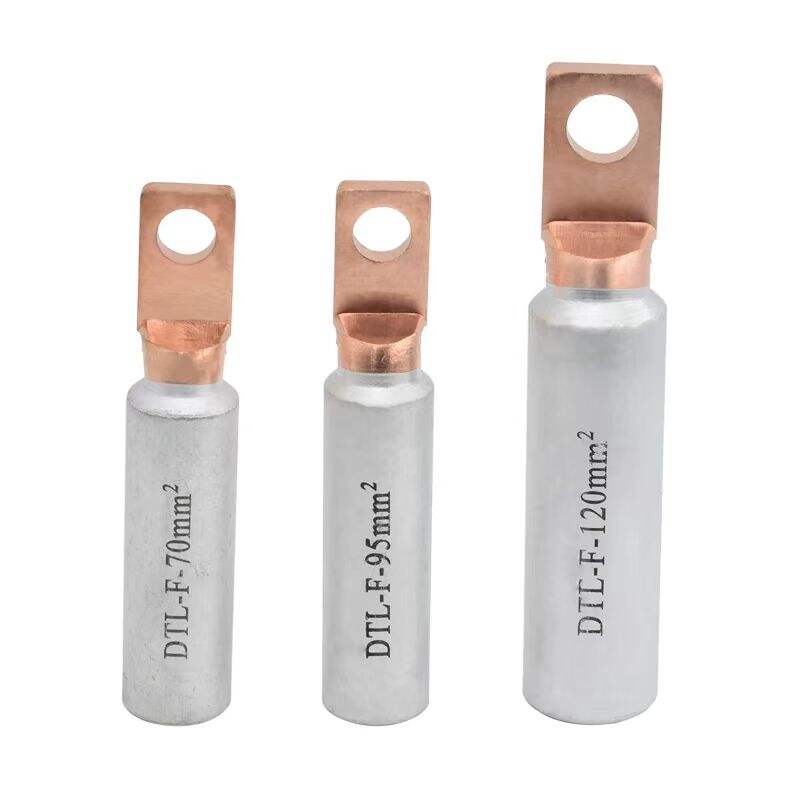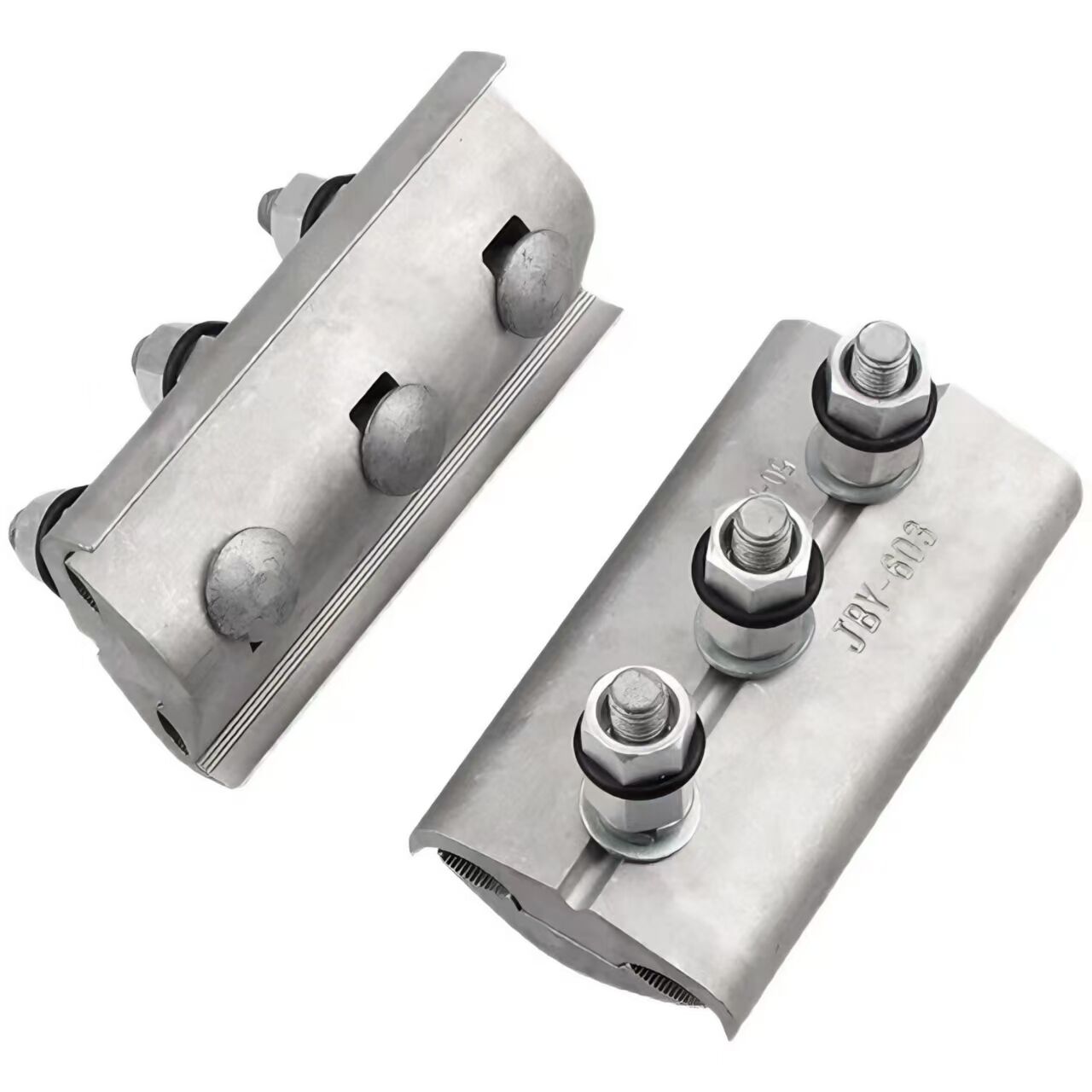1. Convenient Connection
Its structural design enables quick and easy connection to other fittings via bolts or pins. The simple installation and disassembly process significantly improves the efficiency of power line construction and maintenance.
2. Uniform Force Distribution
In power lines, the PS parallel hanging plate keeps all connected fittings in the same plane, ensuring uniform force transmission. This reduces the likelihood of fitting damage or line failures caused by uneven stress, enhancing the stability and safety of the line.
3. Strong Versatility
Available in various specifications and models, it can be selected according to different requirements such as power line voltage classes, conductor types, and tower structures. It is compatible with multiple fittings like insulators, suspension rings, and clamps, offering wide-ranging applications.
 E-mail:
E-mail:




